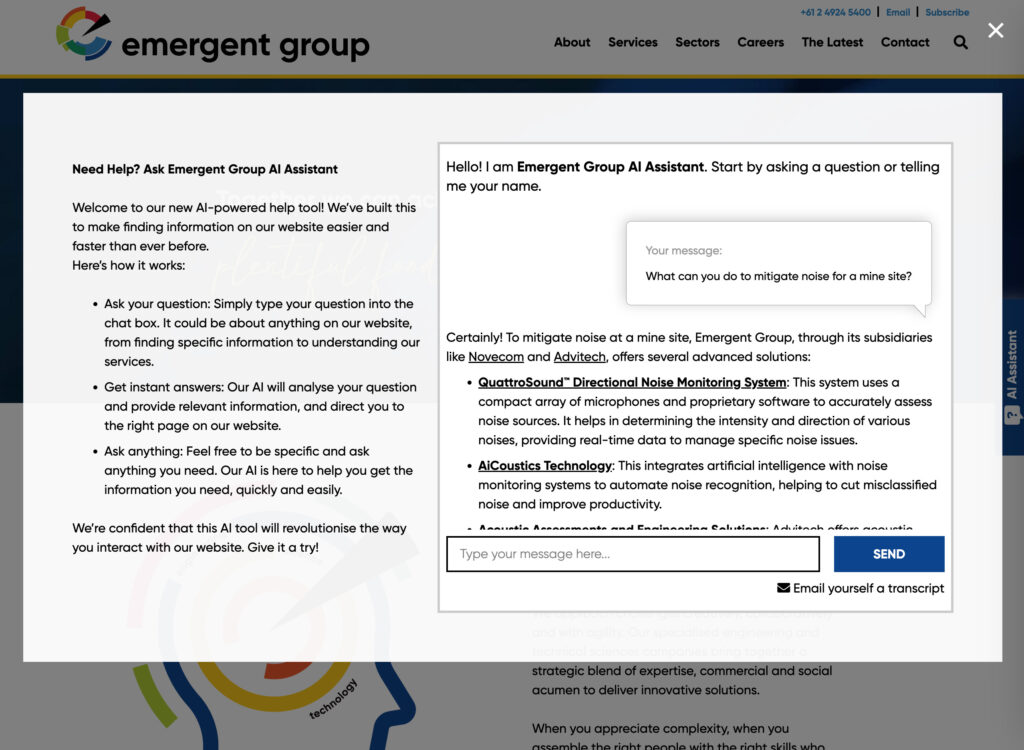In our last #HYPEDTOBE20 post, we remembered the days of tables and frames in website development. This was a time when browsing the internet for goods and services was actively done on desktop computers. The arrival of the mobile phone accelerated the use of CSS3 and responsive web design.
Responsive web development is a method that uses media queries, flexible area widths, and flexible image sizing to provide the ability for a website to adjust its layout to accommodate various screen sizes, browsers, and device types. CSS3 is the version of cascading style sheet (CSS) coding that allowed for this capability, and the progression away from HTML tables and frames. This change was significant for website development freedom in its own right.
I first saw an iPhone in around 2008. If I recall correctly, Australia did not have the mobile phone network technology to be able to carry it when Steve Jobs first launched it in the US a year earlier. I have to admit I wasn’t immediately struck by it. Mobile email, SMS and text-based information services were well in use, and websites were not that practical to be part of our mobile experience as their layout didn’t adjust to the screen size as they do today.
The growth in popularity of the iPhone, however, due to combining the convenience of the iPod, with a camera and a phone was a game-changer in many aspects of life as we know it today. Website development companies had to respond quickly on behalf of their existing clients. They were also in high demand from new clients to ensure their website was a practical experience on mobile devices.
Conscious that with eight years of website development already behind me, there was a ready opportunity to encourage businesses to get themselves prepared for the mobile revolution. However, I was also conscious of a level of scepticism businesses had that consumers would use their smartphones to browse goods, services, and business information regularly.
It was foreseeable that businesses would abandon this scepticism out of necessity for survival. Therefore, we had to learn new skills, new ways of looking at websites, new programming languages and techniques to be ready to help our clients adapt and find new markets. Our approach at this time was to develop a website to suit the most common browser width and then use CSS in media queries to reshape the layout of the site for the typical smartphone viewports in both landscape and portrait orientations. The approach was one that acknowledged that the priority was still desktop. These days this has changed, we develop with a mobile-first approach, although we create the desktop version first, we do this with the mobile result in mind.
Today the growth and dominance of mobile continue to influence a change in how we develop websites in terms of user experience. Today, the notion of “the fold” is no longer as relevant as users can comfortably use their thumb to slide content and the use of social media has increased scrolling patience. The fold is the area of the web page that is visible in the browser viewport on initial load. It is still important to get key content in this area but it is no longer a requirement to limit the amount of scrolling, indeed, it is important to encourage scrolling in order to allow the user to see compelling content to draw the user to an enquiry.
The arrival of the smartphone, tablets, and other convenience devices demonstrates how we have been observant of market and technological changes that offer opportunities for our clients. We have put in the research, study, and practice to ensure we can help our businesses thrive through technological change and consumer behavioural shifts.




